Did you know that even sweat loss of just 2% of your body weight can cause a noticeable difference in both physical and mental performance!
During the run the idea is to drink to thirst! And the best way to do this is to sip little and often. If you’re running for under an hour then just water should be sufficient, however if you’re running longer or at a higher effort like speedwork or hill repeats, then it might be worth adding electrolytes or a carbohydrate mix.
Check out my instagram post for more tips on running hydration.
Best Water Carriers For Runners
If you’re just starting to up your mileage and try longer runs, you might be thinking about how to carry water with you for the first time. By carrying water and taking it on little and often, you can avoid that desperate, dry mouthed, must-drink-everything feeling at the end of a run and crucially, improve performance!
Signs of dehydration:
– increased heart rate (above usual HR for effort level)
– headaches
– dark urine
– delayed recovery
– muscle twitching/cramping
– salt deposits on your face/clothes
Best Way To Carry Water While Running
Hydration vests
Hydration vests are often popular with ultra and trail runners, but more and more you see people wearing them in road marathons too. I wore one for Tokyo Marathon as the water stations were only every 5K! The benefit of having your own water supply and not needing to slow down at aid stations could outweigh the downside of carrying additional weight.
Hydration packs are essentially small back packs which fit closely to your body. When you get one that fits well, you’ll forget you’re even wearing it most of the time. Some are designed to use with a water bladder which goes in the back of the pack, others have front pockets to put soft flasks in, and many packs allow both.
They’re great if you need to carry other bits too. Smaller vests might just hold a phone, keys and a couple of gels on top of your water while bigger ones are designed for long days out on the trails and have plenty of room for extra gear, spare layers, snacks, etc. Most are measured in litre storage capacity, so look out for a higher number if you want to carry more. The packs vary in size, but most allow you to carry around 2L of water with you.
Handheld bottles
Handheld bottles come in two main varieties; oval shaped hard plastic water bottle (the ones that look like baby bottles!), or a fabric strap that you slot a separate bottle securely into and then slip over your hand. The ones that come with a soft flask (rather than a hard bottle) are great as they fold down to nothing when empty, making them pretty unobtrusive.
You won’t be able to carry as much water in a handheld as in a hydration vest, but they’re perfect for a short run on a hot day, when you just need a little to keep you going or you can refill during a race at the aid stations (I did this during the New York Marathon) Some of the fabric options also have a zipper pocket, perfect for stashing small essentials (keys, gels, a bank card, etc).
The main downside of handheld bottles is that if you’re only carrying one, the weight will be unevenly distributed. It might not seem like much, but it can be enough to slightly throw your form off. Research varies as to how much impact this has. Personally I wouldn’t use this for a goal race, but it’s great for training runs/races!
Hydration belt
Running belts (fanny packs) have always been a popular choice for carrying your essentials (why do so few shorts/leggings come with big enough pockets?!), and you can now get ones designed to carry water too. Some of these waist packs just have one water bottle pocket, while others let you insert multiple all the way around.
Although they’ll likely have a smaller capacity than a hydration vest, they can be a good alternative to a handheld bottle for shorter long runs as the weight is more evenly distributed. As well as smaller items, you should be able to fit your phone in too. Essential for post-run selfies and Google Maps if you get lost…
Or Don’t carry water
Your final option… Depending where you’re running you may be able to plan your route so you don’t need to carry anything. You could stash bottles en route (just make sure you collect any litter afterwards!), loop back to your house or car, drink from water fountains or even pop into a shop for some mid-run refreshment.
Not possible on all runs, but if you’re just getting into longer distances and can’t invest in any new kit yet, this could be a good temporary solution. Where there’s a will there’s a way!
The Best Water Carriers For Runners
A round up of some of the best options out there, whether you’re tackling an ultra in the mountains or you’re just feeling thirsty on a 5km around the local park.
Personally, I am a big fan of Nathan Hydration for water on the go – both the hydration packs and handheld bottles. I use the Nathan Intensity 6L Bladder and the Nathan Insulated Handheld bottle. Personally I just find that they fit my body shape and work for what I need them to!
Nathan Intensity 6L Bladder
This is a great female specific hydration pack. Meaning, it fits with boobs, hips etc really comfortably with little bounce..and crucially, no chafing!
It’s large enough for a day on the trails or for road marathon training (and everything in between!). The water bladder carries 2L of water with a convenient tube to sip while on the run.
Pockets on the side have a zipper for secure storage including phone, gels, bank cards or sunnies. The pack itself has a 6L storage when the bladder is removed, and although it was a squeeze, I’ve also used it to run commute (although I prefer the Gregory Maya 16L for run commuting)
Salomon Adv Skin 12 Set
This 12 litre hydration vest from Salomon is a great option if you’re heading out for a day in the hills or doing a race with a mandatory kit list.
Snug fit: Adjustable cords at the front mean you can get the right fit for you, without feeling restricted. And the close fit = no chafing. Essential!
Lots of pockets: You have an insulated water bladder compartment at the back and then space for two soft flasks at the front (2.5 litre total water storage), as well as tons of other pockets for spare clothes, extra layers, snacks, a map, phone… whatever you need.
Still good when empty: The expandable mesh pockets are great because while you can fit tons in when you need to, they don’t flap around on days you’re packing lighter. Not the case with all bags with larger capacity, which can be annoying when empty.
Evadict Trail Running Hydration Gilet
At under £25, this no-frills running vest is worth a look if you aren’t quite ready to take the plunge on a higher-spec model.
Super lightweight: Weighing in at only 175g, you’re not carrying any extra baggage you don’t need with this one (unless you go overboard with filling its 12 pockets, that is).
Soft flask storage: Two soft flask pockets mean you can carry up to 1l of water, perfect for shorter runs or if you know you’ll be passing somewhere to refill.
Three front straps: Lots of vests only come with two front straps – this one has three which, along with its close to skin design (similar to the Salomon pack above), will likely reduce bouncing and potential for rubbing.
Nathan TrailMix Insulated Hydration Belt
This is a good one for when you want to carry more than a handheld will allow, while avoiding the excessively sweaty back situation that a pack can cause.
Insulated pockets: The downside of storing water close to your body is it tends to get really warm, really fast. These insulated flasks (600ml total capacity) slow that process down, which you’ll no doubt be thankful for mid-run.
Reflective features: As we head into winter, every little helps when it comes to ‘be safe, be seen’. Reflective trims and integrated reflective fabric help offer 360 degree visibility, perfect for low-light conditions.
Zip pocket: The front zipped pocket easily stores your keys, gels and larger phones too. Reassuring to know, as running kit pockets seem to be a few years behind mobile companies when it comes to phone sizes!
Osprey Duro Handheld
If you like to run uninterrupted, a handheld soft flask can be one of the most unobtrusive ways to carry water.
Easy access to water: No fiddling around trying to get water out of a pocket, you can just lift your hand and drink easily from the 250ml bottle, which collapses down as it empties.
Leaves your fingers free: The strap attaches the bottle to your hand and means it sits snugly in your palm, without having to maintain a grip. This leaves your fingers free for the important things (like wrestling with a gel packet on a cold day). You can also spin the strap around to wear on the back of your hand. Perfect if you’re using trekking poles.
Emergency whistle: The pocket not only means you can carry a few essentials, but its zip pull doubles as an emergency whistle.
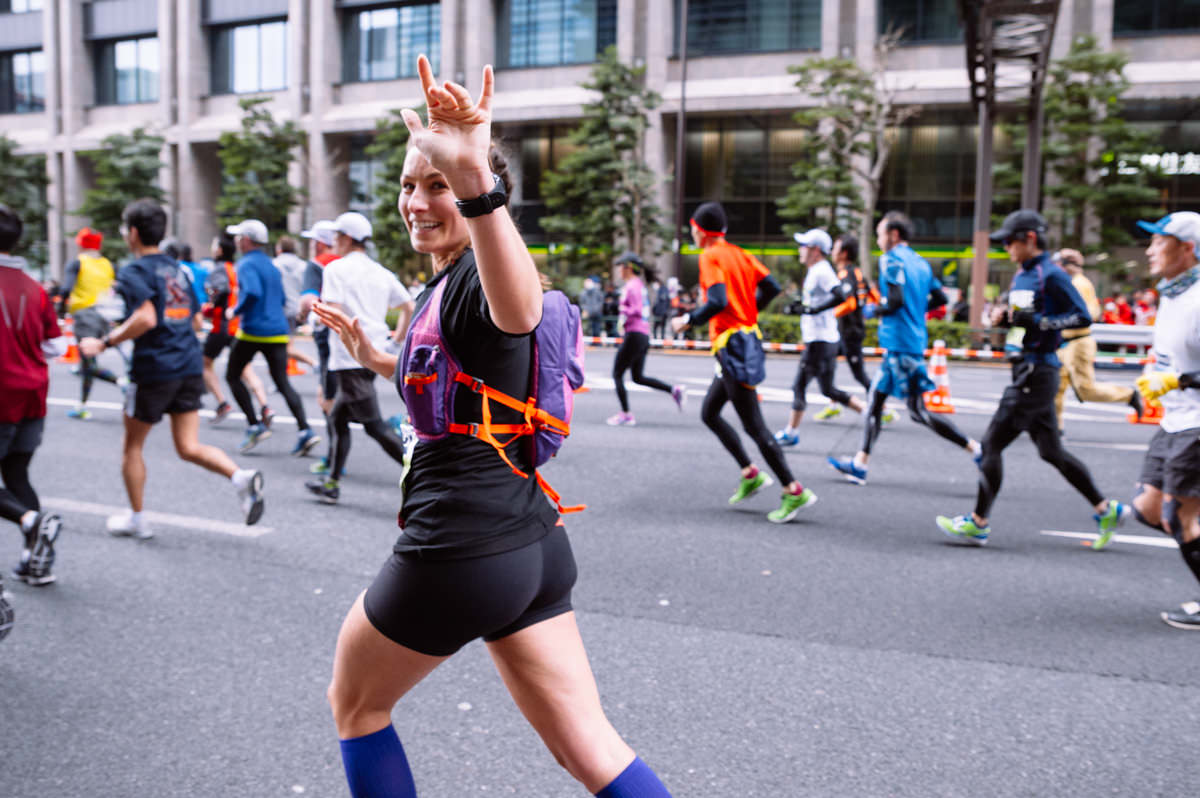
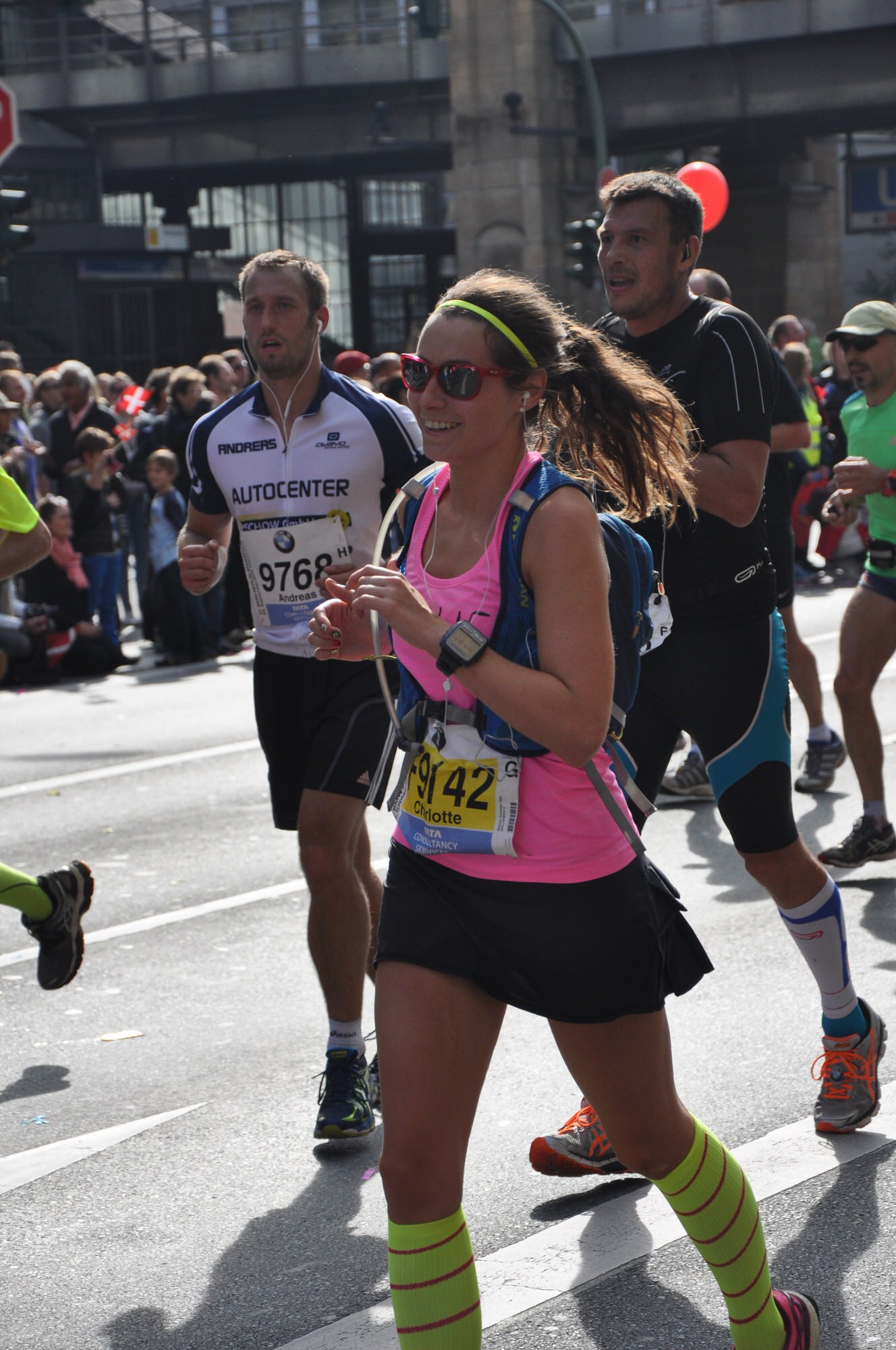
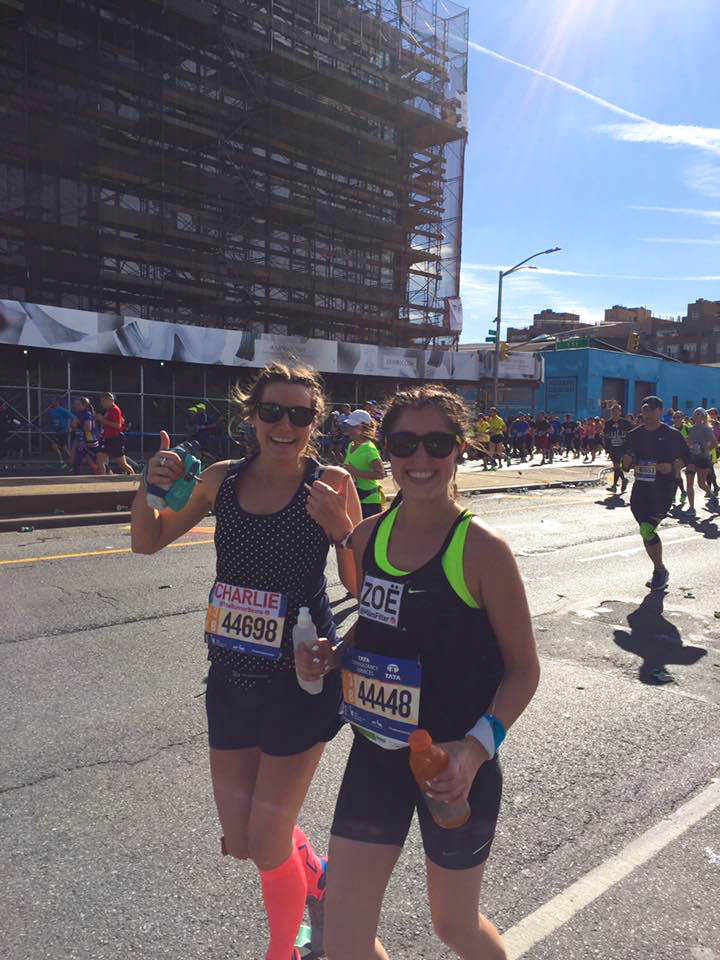
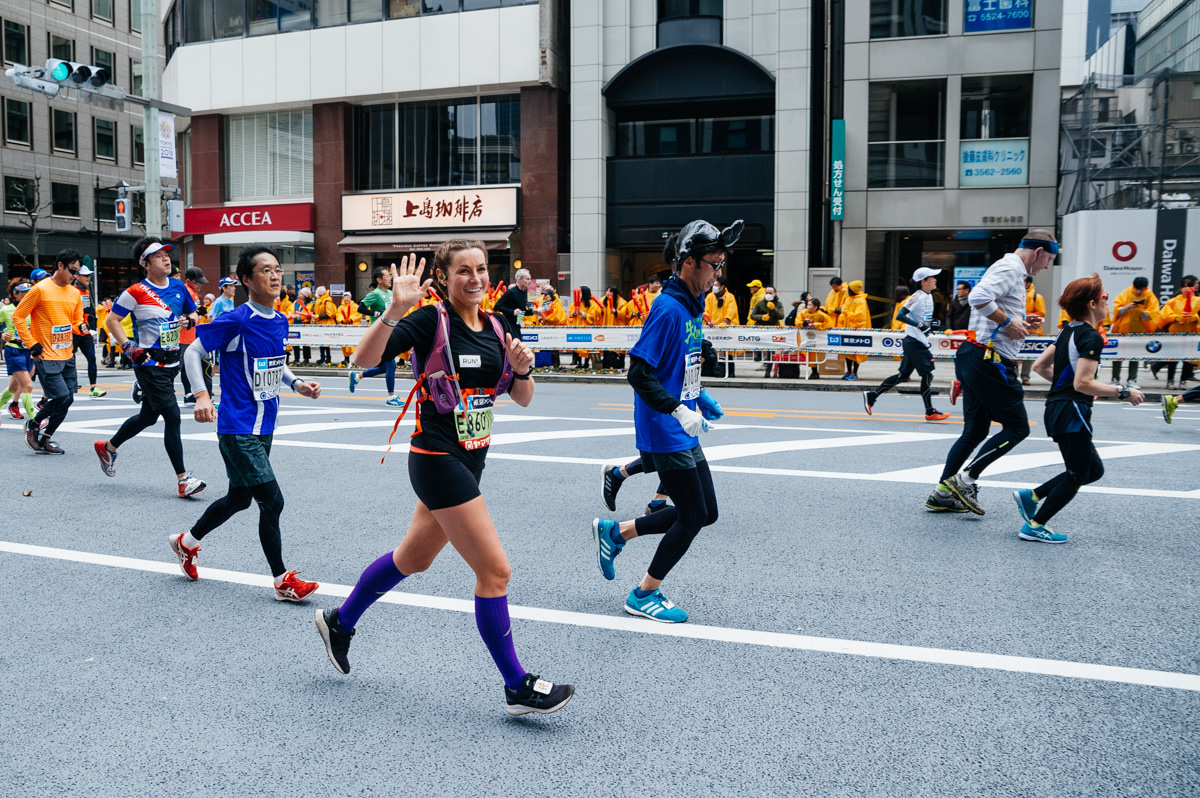
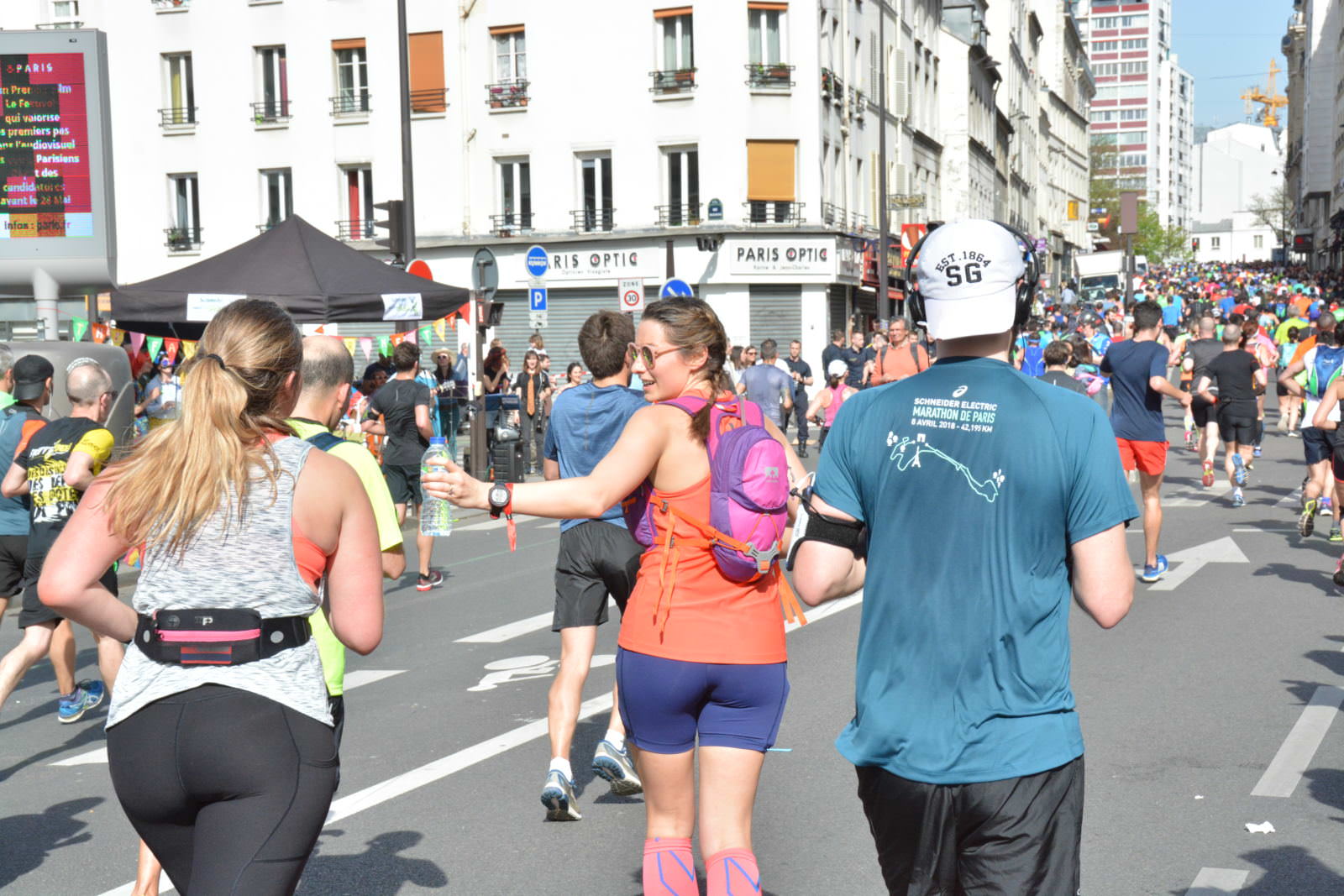

Perfect timing! I need a new hydration vest so will commence googling based on the above forthwith!
Let me know which one you choose 🙂 x